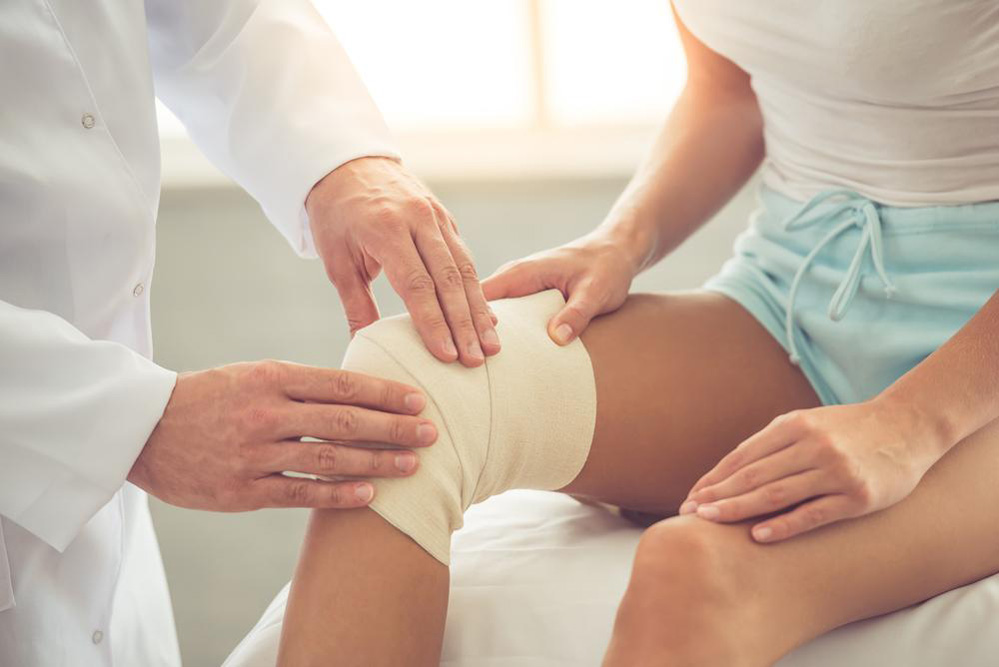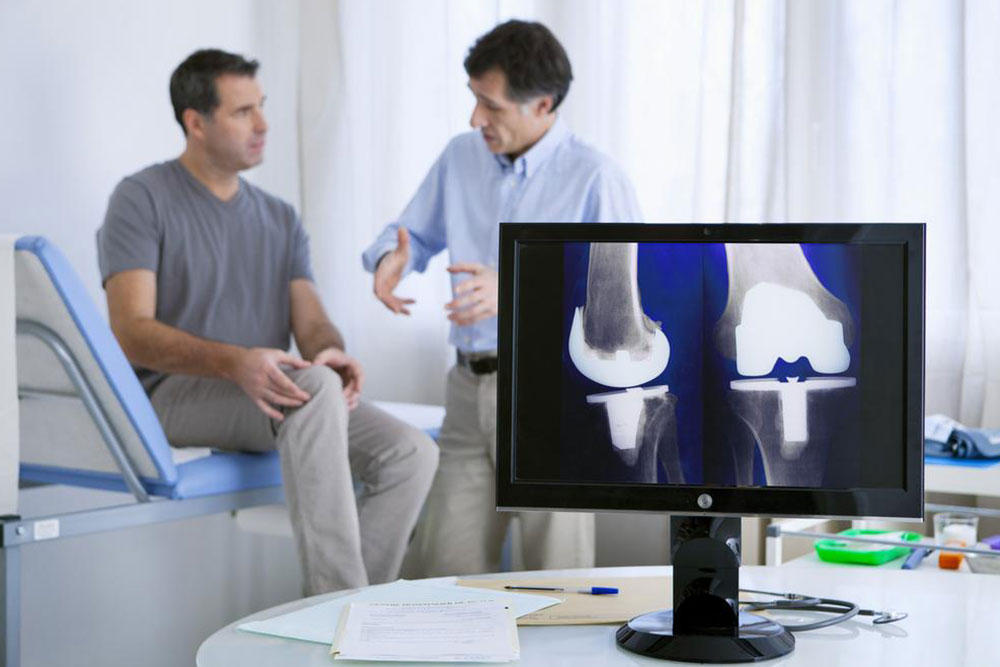Ultimate Guide to Knee Surgery: Types, Procedures, and Recovery
This comprehensive guide details various knee surgeries, including partial and total knee replacements, their procedures, benefits, risks, and recovery strategies. It offers essential information for patients considering surgery to restore knee function and alleviate pain, emphasizing the importance of understanding knee anatomy, surgical options, and postoperative care to achieve optimal results.

Ultimate Guide to Knee Surgery: Types, Procedures, and Recovery
Knee surgery is a vital medical intervention designed to repair or replace damaged knee structures, restore joint function, and alleviate pain caused by various conditions such as arthritis, injuries, or degeneration. Understanding the different types of knee surgeries, their indications, procedures involved, and recovery expectations is essential for patients considering these options. This comprehensive guide explores the anatomy of the knee, the common surgical procedures performed, and what to expect before, during, and after surgery to ensure optimal outcomes.
Detailed Understanding of Knee Anatomy
The knee joint is one of the largest and most complex joints in the human body, comprising three primary bones: the femur (thigh bone), tibia (shin bone), and patella (kneecap). These bones work together with numerous ligaments, tendons, cartilage, and other soft tissues to facilitate movement, stability, and load-bearing capacity. The femur and tibia meet at the joint cavity, cushioned by articular cartilage which allows smooth motion. The patella, or kneecap, protects the joint and improves leverage during leg movement.
Supporting structures include the anterior cruciate ligament (ACL), posterior cruciate ligament (PCL), medial collateral ligament (MCL), and lateral collateral ligament (LCL), which provide stability against rotational, sideways, and forward-backward movements. The menisci, two crescent-shaped cartilage discs, act as shock absorbers and distribute weight evenly across the joint. Tendons connect muscles to bones, enabling movement, while ligaments stabilize the joint during activity.
Common Types of Knee Surgeries
Partial Knee Replacement (PKR): When damage is confined to a specific compartment of the knee, typically due to osteoarthritis or rheumatoid arthritis, partial knee replacement may be recommended. During this procedure, only the affected portion of the joint is resurfaced or replaced with metal or polyethylene components, preserving healthy cartilage, bone, and ligaments. PKR often results in a quicker recovery, less pain, and retains more natural knee function compared to total replacement.
Total Knee Replacement (TKR): This comprehensive procedure is indicated when the entire knee joint is severely damaged or osteoarthritic. The surgeon removes the damaged surfaces of the femur and tibia and replaces them with prosthetic components made of metal, plastic, or ceramic. The kneecap may also be resurfaced or replaced. TKR aims to relieve chronic pain and restore mobility, with most patients experiencing significant improvement post-surgery.
ACL Reconstruction: This surgery targets torn or damaged anterior cruciate ligament, common in athletes and active individuals. The surgeon harvests a graft (often from the patient’s own hamstring or patellar tendon) and reconstructs the ligament to restore stability, often combined with other procedures if necessary.
Meniscus Repair or Removal: Meniscal tears are common sports injuries. Depending on the tear's location and severity, the surgeon may repair the meniscus or remove the damaged part. Preserving as much of the meniscus as possible is vital for maintaining joint health.
Risks, benefits, and postoperative care
While knee surgeries like partial and total replacements offer significant benefits such as pain relief, improved mobility, and enhanced quality of life, they are not without risks. Possible complications include infection, blood clots, nerve injury, implant loosening, and rare cases of implant failure. Successful outcomes rely heavily on proper surgical technique, patient health status, and adherence to postoperative protocols.
Post-surgery rehabilitation is essential for restoring strength, flexibility, and function. Typically, patients engage in physiotherapy, gradually increasing activity levels over weeks or months. Advances in prosthetic materials and minimally invasive techniques have improved results and durability, with artificial joints often lasting between 20-25 years with appropriate maintenance.





